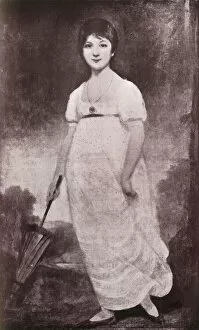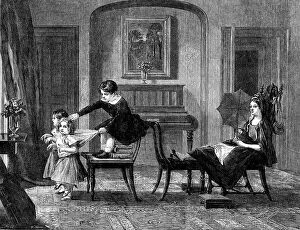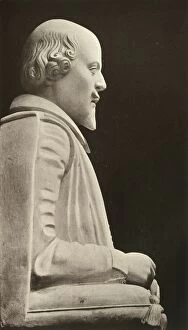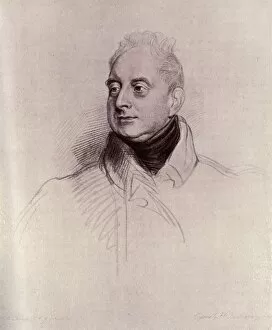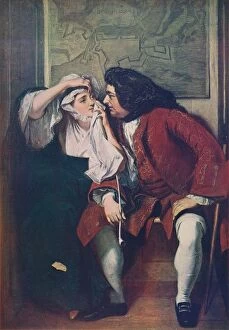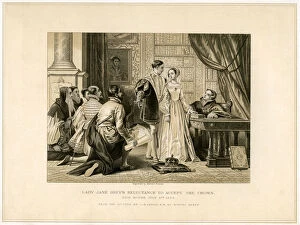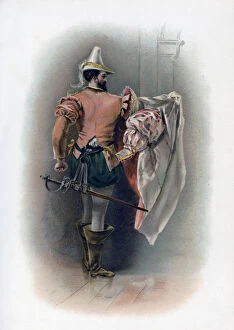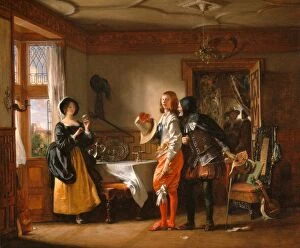Charles Robert Leslie Collection
Charles Robert Leslie was a renowned British artist who lived from 1794 to 1859
All Professionally Made to Order for Quick Shipping
Charles Robert Leslie was a renowned British artist who lived from 1794 to 1859. He was known for his exceptional talent in capturing the essence of historical figures and scenes, as well as his ability to bring characters from literature to life on canvas. Born during the time when Jane Austen was just beginning her writing career, Leslie's artistic journey would intersect with some of the most influential personalities of his era. In 1835 or 1840, he created a portrait of James William Wallack, an esteemed actor who graced both the London and New York stages. Leslie's versatility extended beyond portraiture; he also excelled in depicting captivating narratives through various mediums. "Benediction Interrupted, " a stunning piece rendered in pencil and watercolor on card laid on board, showcases his mastery in storytelling through art. Another notable work by Leslie is "Autolycus, " a vibrant color lithograph that captures the spirit and energy of its subject. This lively portrayal demonstrates Leslie's skillful use of color and composition to convey movement and personality. In "Gipseying Party, " created around 1830, Leslie collaborated with Asher Brown Durand to depict a joyous gathering immersed in nature's beauty. The painting reflects their shared passion for capturing idyllic moments infused with warmth and serenity. "The Last Throw" is another masterpiece by Charles Robert Leslie that exemplifies his ability to create dramatic tension within a single frame. Painted around 1840, this artwork transports viewers into an intense gambling scene where emotions run high. Leslie also ventured into portraying prominent historical figures like Sir Robert Peel, Bart. , whose portrait he painted in 1838. His attention to detail brings out Peel's distinguished features while hinting at the statesman's significant impact on British politics during that time.

